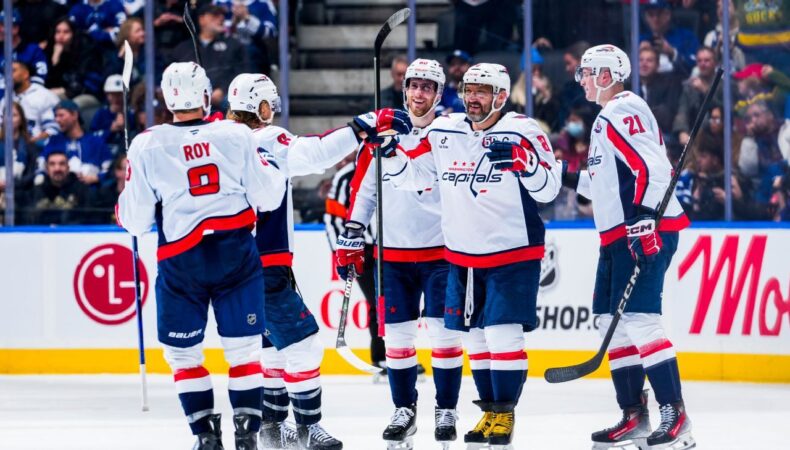The Washington Capitals have shocked many with their agile reorganization, centered on their star player, Alex Ovechkin. They’ve managed to implement this surprising strategy while maintaining competitive play, which has caught the attention of not only their fans but also the entire National Hockey League.
Being 21 points clear in March 2018, their plan came to fruition when they lifted the Stanley Cup in June of the same year. This achievement mirrored their careful and considered gameplay, which was the result of their restructured team strategy.
Their strategy rested on the shoulders of the Russian player, Ovechkin. The team created new space for the player, who had been in the league for 13 seasons at the time, to develop his game. By relieving him of some of the burdensome responsibilities that older players often carry, they have revamped his role within the team.
Despite many viewing this as a gamble, it paid off, with Ovechkin leading the playoffs in goals and the team achieving success. The strategy has since been likened to “retooling on the fly”, a phrase popular with hockey insiders and fans alike due to its accurate representation of what the team achieved.
However, many see this as a unique situation, hard to replicate. As the NHL continues to strategize and evolve, it remains to be seen whether other teams will attempt to “retool on the fly” and prioritize aging star players as the Capitals did with Ovechkin.
Despite the success of this strategy, the Capitals continue to face challenges. Now aged 34, Ovechkin is still the linchpin of the team and will need to keep performing at an elite level to maintain their competitive edge.
This development provides a fascinating look into the intricate complexities of team-building in professional sports, highlighting the necessity of adaptability in the ever-changing landscape of the NHL.
Last modified: January 24, 2025



